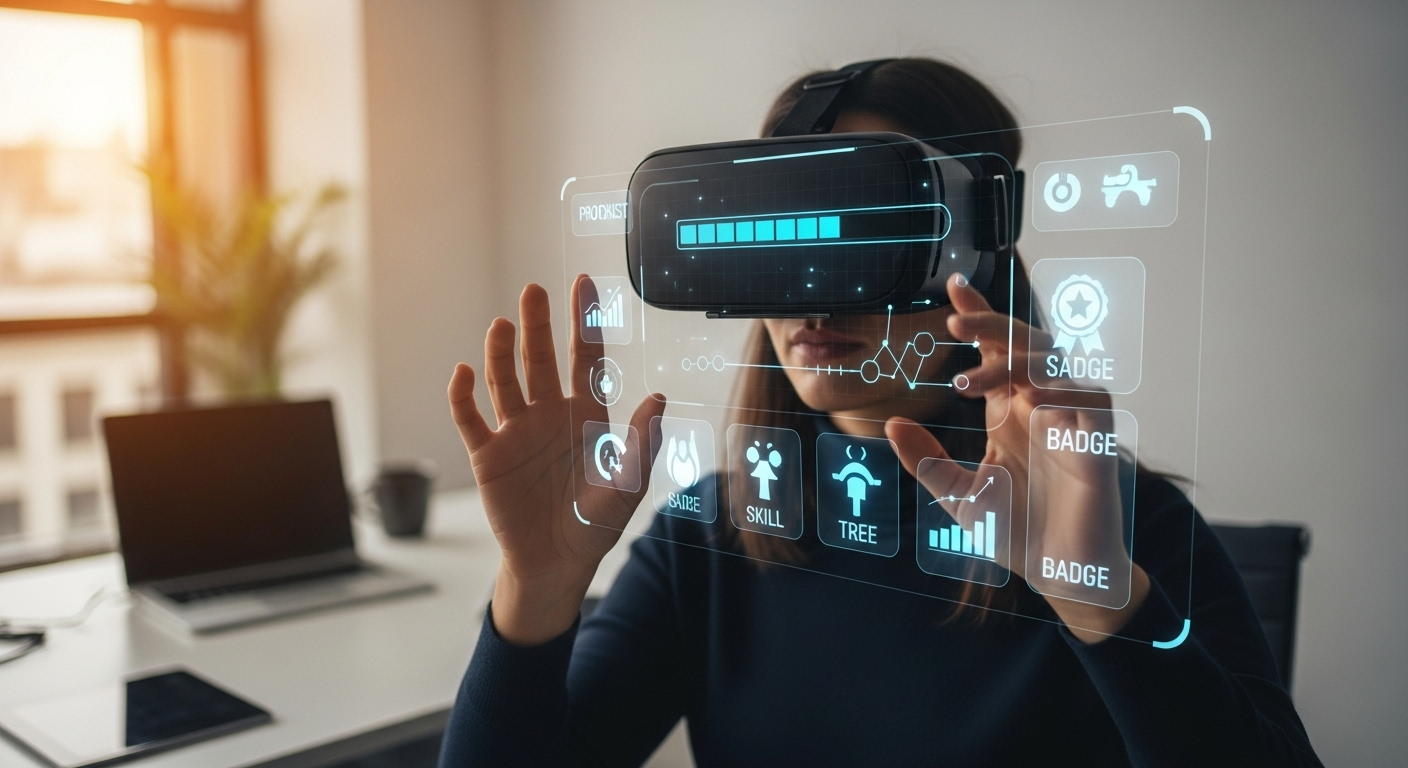Holographic Keyboards: Typing in Thin Air
In a world where technology continues to push the boundaries of what's possible, holographic keyboards are emerging as a fascinating glimpse into the future of user interfaces. These ethereal input devices promise to revolutionise how we interact with our devices, offering a blend of sci-fi cool and practical functionality. But what exactly are holographic keyboards, and could they really replace the trusty physical keyboards we've relied on for decades?

The technology relies on sophisticated algorithms to interpret these movements as keystrokes, translating your finger taps into text on your connected device. It’s a far cry from the mechanical switches and membrane layers found in traditional keyboards, representing a leap into a more fluid, adaptable form of input.
A Brief History of Virtual Keys
The concept of holographic keyboards isn’t entirely new. The first commercially available product, the Holographic Keyboard P13, was introduced by i.Tech Dynamic in 2002. However, it was more of a novelty than a practical device, plagued by issues with accuracy and responsiveness.
Fast forward to today, and companies like Celluon and Serafim have made significant strides in improving the technology. Modern holographic keyboards boast better accuracy, customisable layouts, and even haptic feedback systems that simulate the feel of pressing physical keys.
Advantages in a Portable Package
One of the most compelling arguments for holographic keyboards is their portability. With no physical components beyond a small projector unit, these devices can be incredibly compact and lightweight. This makes them ideal for use with mobile devices like smartphones and tablets, effectively turning any flat surface into a full-sized keyboard.
Moreover, holographic keyboards are inherently waterproof and dustproof, as there are no gaps or crevices for liquid or debris to enter. This durability could make them particularly appealing for use in harsh environments or for users who are prone to spilling their coffee.
Challenges and Limitations
Despite their futuristic appeal, holographic keyboards face several challenges that have so far limited their widespread adoption. The lack of tactile feedback can make typing less accurate and more tiring for users accustomed to physical keys. While some models incorporate haptic feedback, it’s still a far cry from the satisfying click of a mechanical switch.
Lighting conditions can also pose a problem. Bright ambient light can wash out the projected image, making the keyboard difficult to see. Conversely, using the device in complete darkness can strain the eyes, as you’re essentially staring directly into a laser projection.
The Market Landscape
Currently, holographic keyboards remain a niche product, with prices ranging from about £50 for basic models to over £200 for more advanced units. Companies like Celluon, Serafim, and AGS dominate the market, each offering slightly different takes on the technology.
While sales figures are not widely publicised, the global virtual keyboard market is expected to grow at a compound annual growth rate of 24.6% from 2021 to 2026, according to a report by Market Data Forecast. This suggests increasing interest in alternatives to traditional keyboards, including holographic options.
Future Prospects and Potential Applications
As the technology continues to evolve, holographic keyboards could find applications beyond simple text input. Customisable layouts could allow for specialised interfaces for video editing, music production, or gaming. In virtual and augmented reality environments, holographic keyboards could provide a more intuitive way to interact with digital objects and spaces.
Some researchers are even exploring the possibility of creating fully three-dimensional holographic interfaces, moving beyond the flat-surface projection of current models. This could lead to entirely new ways of interacting with our devices, blurring the line between the physical and digital worlds.
A Glimpse of Tomorrow’s Tech
While holographic keyboards may not be ready to replace your trusty mechanical keyboard just yet, they represent an exciting step towards more flexible, portable, and futuristic user interfaces. As the technology continues to improve, addressing issues of accuracy and tactile feedback, we may well find ourselves typing on thin air more often than we’d expect.
Whether holographic keyboards become a ubiquitous part of our tech landscape or remain a niche curiosity, they serve as a compelling reminder of the constant innovation driving the world of technology forward. In a field where today’s science fiction routinely becomes tomorrow’s reality, holographic keyboards offer a tangible – or perhaps intangible – glimpse into the future of human-computer interaction.




